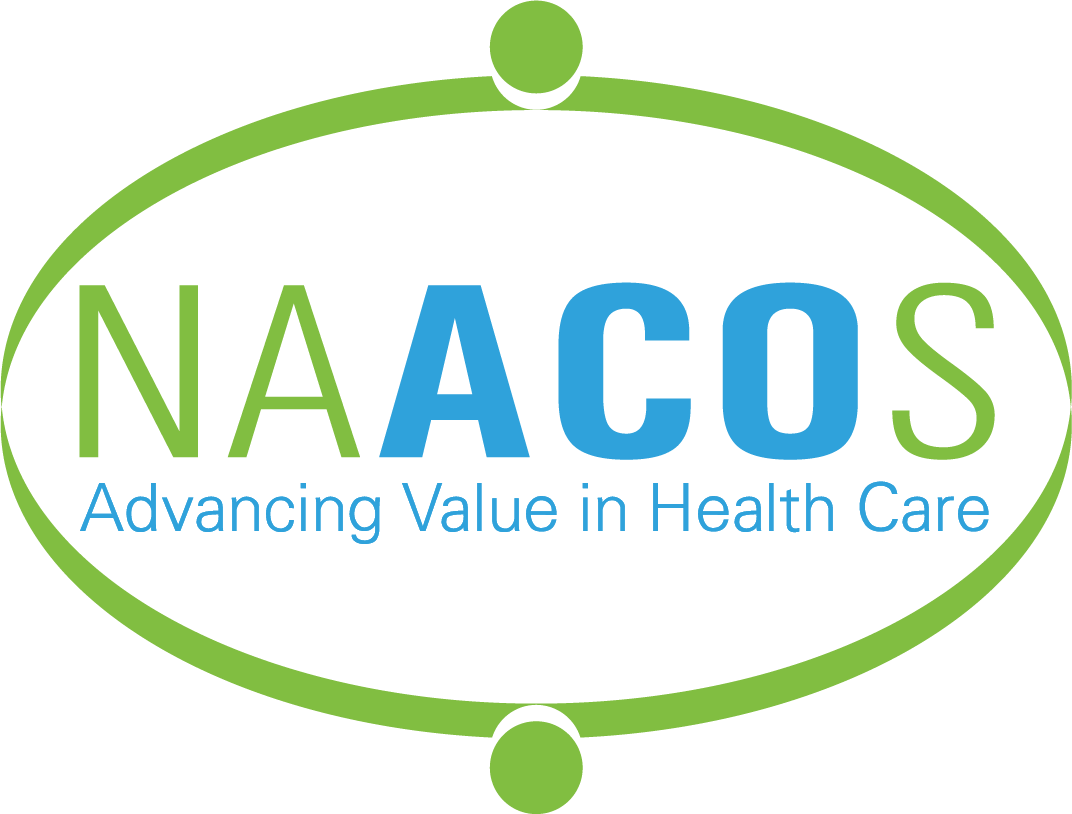News Release
September 17, 2020
NAACOS Survey Shows Potential Halt to Value-based Payment Incentives
Ninety Percent Worry They Won’t Achieve Alternative Payment Model Bonuses
WASHINGTON – In news that threatens Medicare’s move to value-based payment models, more than 90 percent of respondents to a recent survey from the National Association of Accountable Care Organizations (NAACOS) said they are concerned they won’t meet thresholds to secure important incentive payments for participating in risk-based alternative payment models (APMs), which jump to unrealistic levels in 2021. That concern is validated by the survey’s data, which shows that 96 percent of the 216 ACO respondents would not meet the 2021 thresholds based on their performance in 2020.
To help maintain Medicare’s momentum moving to value-based payment, NAACOS is calling on Congress to take swift action to address these thresholds and help stabilize incentives for participating in Advanced APMs, which are designed to make doctors and hospitals financially accountable for lowering patients’ medical spending and improving quality. That 5 percent bonus was part of 2015’s overwhelmingly bipartisan Medicare Access and CHIP Reauthorization Act (MACRA) as an incentive to move toward a system that rewards providers for reducing Medicare spending, yet maintaining high-quality care.
“These bonuses are critical to Medicare’s value movement,” said Clif Gaus, Sc.D., NAACOS president and CEO. “The current thresholds are a challenge for many ACOs. To increase them again in 2021 would put the incentive out of reach for nearly everybody. Congress intended to shift Medicare payment to a value-based approach, and we are seeing the benefits of that transformation through improved patient care and reduced costs. We need Congress to correct these thresholds to prevent the value movement from stalling.”
Nearly 85 percent of survey respondents said the bonus has been “extremely important” to their ACO. When asked how their ACO has used the Advanced APM bonus, the most popular answers were investing in ACO initiatives such as care coordination and data analytics (58 percent) and supporting their ACO’s move to a risk-based model (53 percent). Recruiting more providers and paying existing providers bonuses were also popular responses.
During this decade, Medicare spending will top $1 trillion per year. As policymakers look for ways to lower the rate of spending growth, ACOs have become the leading mechanism. In 2019, Shared Savings Program ACOs collectively saved Medicare $2.6 billion, and $1.2 billion after accounting for shared savings bonuses and shared loss payments.
BACKGROUND: To earn the 5 percent bonus, clinicians must meet Qualifying APM Participant (QP) thresholds, which are based on the proportion of payments made under, or patients in, the APM. In 2017, roughly 90 percent of the clinicians who met the threshold did so through ACO participation. Those thresholds were set by Congress in 2015 and increase every two years. However, the levels to which they rise in 2021 are unrealistic. For example, the average QP score for Medicare ACOs was 44 percent in 2017 and 2018, and the threshold is set to jump to 75 percent in 2021. Because traditional Medicare patients may choose where they receive care, providers have little to no control over their thresholds.
#####
Contact:
David Pittman
NAACOS Health Policy and Communications Advisor
202-640-2689 or [email protected]
